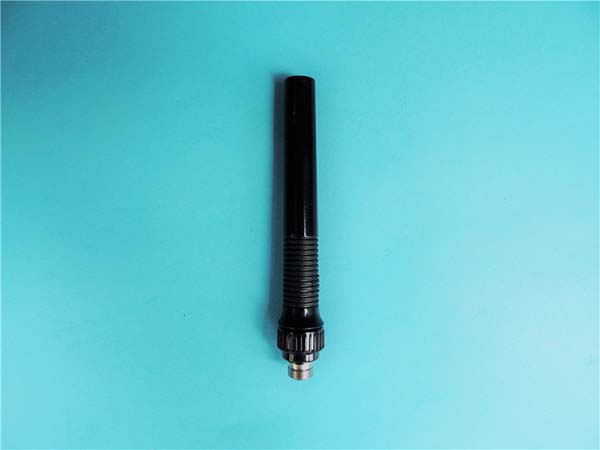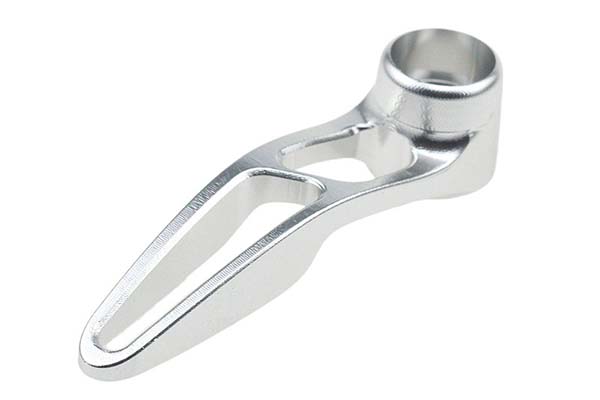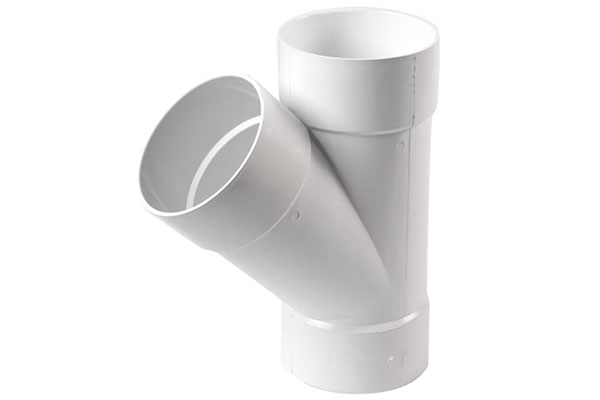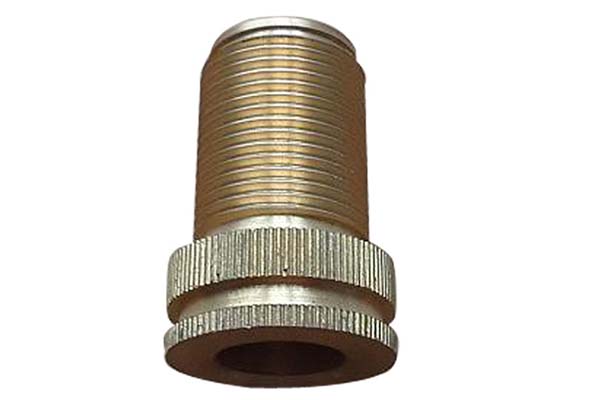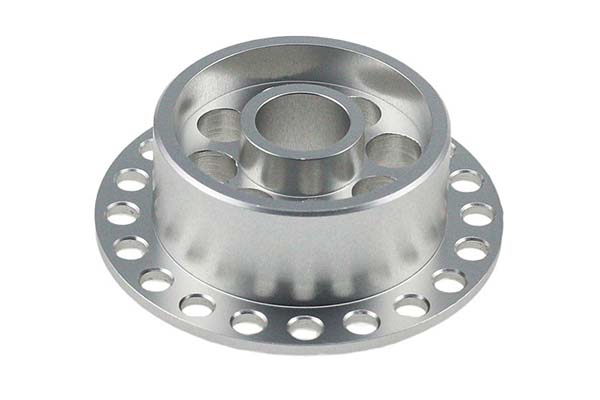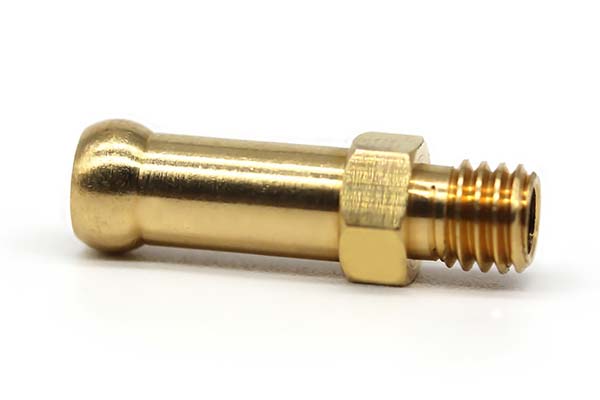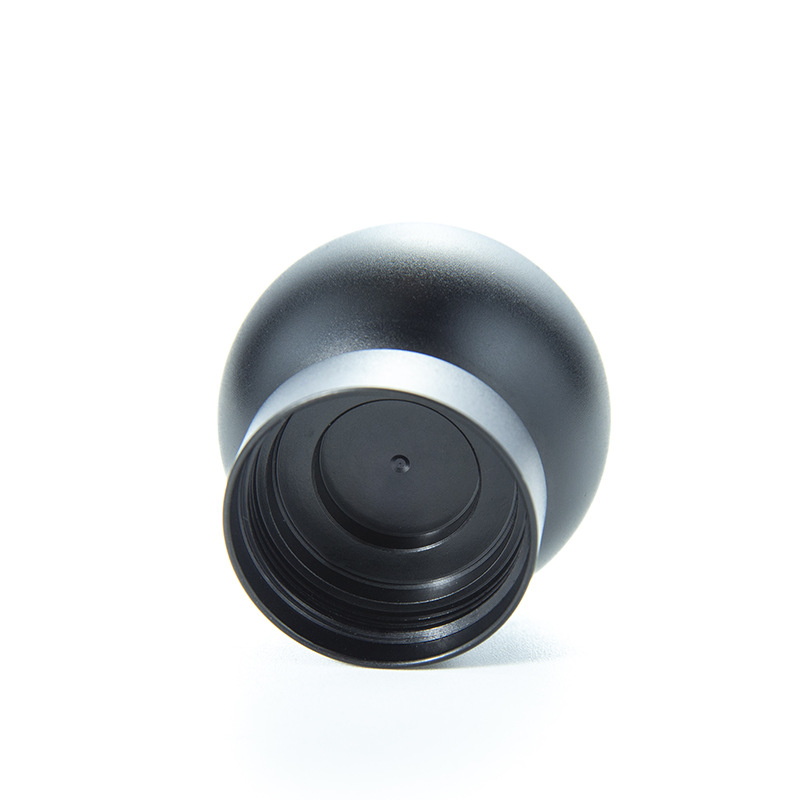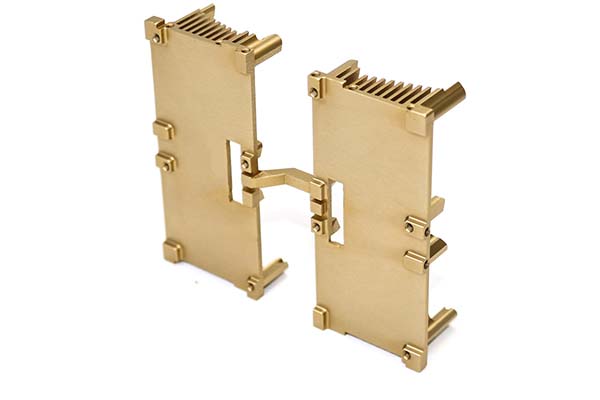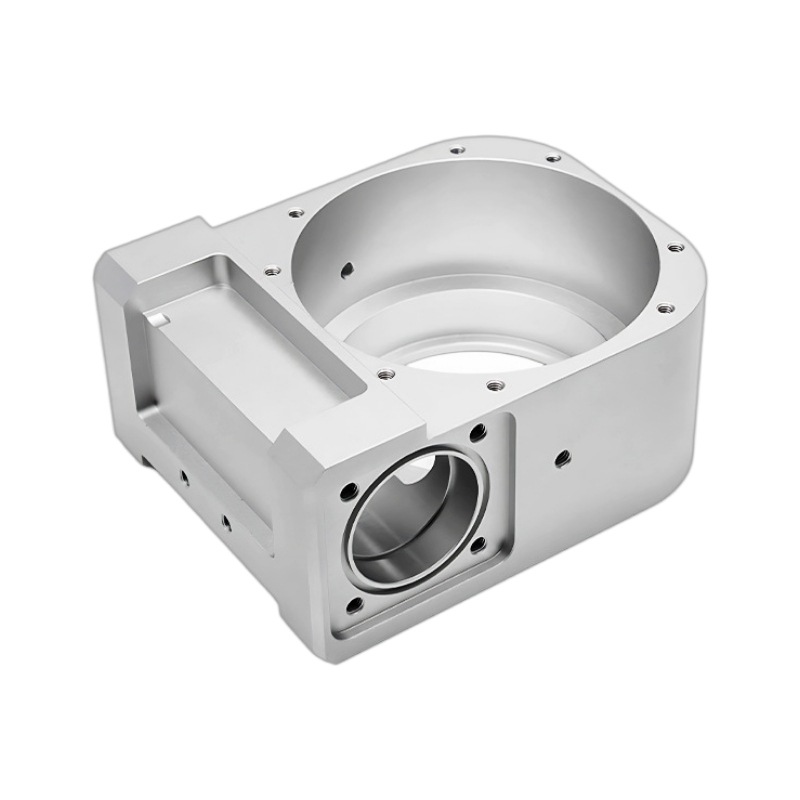CNC machining of Acrylic (PMMA) presents unique challenges that set it apart from machining reinforced plastics or metals. Its exceptional transparency and optical clarity mean even minor surface defects like scratches or haze are highly visible, demanding precise tooling and techniques. Additionally, acrylic is prone to cracking under improper clamping pressure, and its low glass transition temperature (Tg) makes it susceptible to heat-induced deformation during machining. This guide addresses these pain points, offering expert strategies to master Acrylic (PMMA) machining while preserving its critical optical properties.
Material Properties
Acrylic (PMMA) composition is a polymer of methyl methacrylate, known for its outstanding optical clarity—it transmits 92% of visible light, surpassing glass and making it ideal for applications where transparency is key. Its transparency remains consistent across a wide range of thicknesses, unlike many plastics that become cloudy in thicker sections.
In terms of mechanical properties, acrylic has a flexural strength of 70-90 MPa, suitable for structural components like display frames or light fixtures. Impact resistance is moderate (1.5-2.5 kJ/m²), lower than polycarbonate but sufficient for non-impact applications—this makes it more prone to cracking during machining, requiring careful handling.
Thermal properties are critical to machining: its glass transition temperature (Tg) is 90-105°C, meaning it softens and deforms when exposed to excessive heat, a common issue with high-speed machining. Density is 1.18-1.20 g/cm³, lighter than glass (2.5 g/cm³), offering weight advantages in applications like automotive lighting.
Chemical resistance is good against water, alcohols, and dilute acids but poor against solvents like acetone or benzene, which can cause crazing or dissolution. UV resistance varies by grade—standard acrylic yellows over time in direct sunlight, while UV-stabilized grades retain clarity for years, making them suitable for outdoor signage.
| Property | Acrylic (PMMA) | Polycarbonate | Glass |
| Light Transmission | 92% | 88% | 90% |
| Impact Resistance | 1.5-2.5 kJ/m² | 60-75 kJ/m² | 0.5-1 kJ/m² |
| Glass Transition Temp | 90-105°C | 140-150°C | N/A |
| Density | 1.18-1.20 g/cm³ | 1.20-1.22 g/cm³ | 2.5 g/cm³ |
Machining Processes
CNC milling is the most common process for acrylic, used to create complex shapes like display cases or light diffusers. To avoid heat buildup, feed rates and speeds must be optimized: spindle speeds of 3000-6000 RPM with feed rates of 100-300 mm/min balance material removal and heat generation. Depth of cut should be 0.5-2 mm for roughing, reduced to 0.1-0.3 mm for finishing to preserve surface quality.
CNC turning works well for cylindrical parts like light guide rods, with a focus on maintaining consistent cutting speeds to prevent chatter, which can mar the surface. Drilling requires sharp tools and low thrust to avoid cracking—peck drilling (intermittent retraction) helps evacuate chips and reduce heat.
Routing is ideal for cutting sheets into shapes for signage and displays, with spiral routers minimizing edge chipping. While laser cutting and water jet cutting are viable, CNC machining offers superior edge quality for optical applications, as laser cutting can leave a slightly charred edge requiring post-processing.
Coolant use is critical but must be carefully selected—water-soluble coolants (5-10% concentration) prevent heat buildup without damaging the material. Oil-based coolants are avoided as they can leave residues that cloud the surface. Toolpaths and strategies should prioritize climb milling over conventional milling to reduce tool deflection and surface chipping.
Tool Selection
Selecting the right tools for acrylic machining is critical to preserving its optical properties and avoiding defects:
- Cutting tools for acrylic must prioritize sharpness over durability, as dull tools cause melting, chipping, or hazing. Carbide tools (grade K10) are preferred for high-volume production, offering better heat resistance than HSS tools and maintaining sharpness longer.
- HSS tools work for low-volume jobs but require frequent sharpening—every 50-100 parts compared to 200-300 for carbide.
- Tool geometry is optimized for clean cutting: a helix angle of 20-30° for end mills reduces cutting forces, while a 0° rake angle minimizes material lifting and chipping. Ball-nose end mills are avoided for flat surfaces as they can leave tool marks.
- Flute count and configuration: 2-flute end mills are standard for acrylic, providing ample space for chip evacuation and reducing heat buildup. More flutes increase friction and heat, risking surface damage.
- Edge sharpness is paramount—cutting edges with a radius <0.01 mm prevent tearing the material, which causes haze. Tools should be inspected under magnification regularly to ensure sharpness.
- Tool coatings like diamond-like carbon (DLC) reduce friction and heat, extending tool life by 20-30% compared to uncoated carbide. TiN coatings are avoided as they can increase friction.
- Tool life is shorter than with metals or reinforced plastics, typically 10-15 hours of continuous use for carbide tools, depending on cutting parameters.
Surface Finish and Treatment
Acrylic’s surface finish directly impacts its optical performance, making post-machining treatments critical:
- Surface roughness targets Ra 0.02-0.05 μm for optical applications, achievable with sharp tools and fine finishing passes. Even minor roughness (Ra >0.1 μm) can scatter light, reducing clarity.
- Polishing techniques are essential for restoring clarity to machined surfaces:
- Wet sanding with 600-1200 grit sandpaper removes tool marks.
- Buffing with a felt wheel and polishing compound (e.g., cerium oxide) achieves a mirror finish.
- Flame polishing (quick exposure to a propane torch) melts the surface slightly, creating a glass-like finish ideal for edges.
- Edge finishing is critical for applications like display cases—laser-cut or routed edges often require deburring with abrasive pads followed by flame polishing to remove micro-chips.
- Coatings and laminates enhance performance: anti-reflective coatings reduce glare in optical components, while scratch-resistant laminates protect surfaces in high-use items like touchscreens.
- UV protection treatments (clear coats with UV absorbers) extend the life of outdoor acrylic parts, preventing yellowing and maintaining aesthetic requirements.
Applications and Uses
CNC machined acrylic parts are valued across industries for their clarity, versatility, and machinability:
- Signage and displays: Retail signs, museum exhibits, and trade show displays leverage its transparency and ability to be cut into complex shapes.
- Lighting fixtures: Lamp shades, LED diffusers, and automotive headlights use its light-transmitting properties and ability to be machined into precise optical geometries.
- Aerospace components: Cockpit displays and window bezels benefit from its clarity, lightweight, and resistance to cabin pressure changes.
- Medical devices: Surgical lighting components, diagnostic equipment covers, and IV fluid containers use its transparency and chemical resistance to disinfectants.
- Consumer electronics: Smartphone screen protectors, smartwatch displays, and speaker grilles balance clarity and scratch resistance.
- Automotive parts: Instrument clusters, interior trim, and backup camera lenses use its optical properties and ability to withstand cabin temperatures.
- Architectural elements: Skylights, partition walls, and decorative panels offer lightweight alternatives to glass with easier machining for custom designs.
- Prototyping: Its machinability makes it ideal for functional prototypes of transparent components, allowing designers to test form and light transmission before production.
Yigu Technology's Perspective
Yigu Technology specializes in CNC machining acrylic (PMMA), with expertise in preserving its critical optical properties. We use diamond-coated carbide tools and optimized coolant systems to prevent heat-induced defects, ensuring surfaces remain clear and scratch-free. Our toolpaths prioritize climb milling and sharp tool engagement to minimize chipping, and we offer in-house polishing services to achieve mirror finishes for optical applications. Whether producing lighting components, medical device covers, or custom signage, we tailor our processes to acrylic’s unique characteristics, delivering transparent parts that meet the strictest clarity and dimensional standards.
FAQ
- How does CNC machining affect acrylic’s optical clarity?
CNC machining can impact clarity if not optimized—dull tools cause surface haze, excessive heat creates cloudiness, and improper chip evacuation leaves scratches. Using sharp carbide tools, low-heat parameters, and coolant prevents these issues, preserving 90%+ of acrylic’s original clarity.
- Can acrylic be machined to tight tolerances?
Yes, acrylic can be machined to tolerances of ±0.01 mm for small parts, though its thermal expansion (70-90 μm/m·K) requires controlled machining environments (20-25°C) to maintain precision. Larger parts typically achieve ±0.05 mm due to greater thermal sensitivity.
- What’s the best way to prevent cracking when machining acrylic?
Cracking is prevented by using sharp tools to reduce cutting forces, applying even clamping pressure with soft-jaw chucks, avoiding excessive depth of cut (no more than 2 mm for roughing), and maintaining consistent feed rates to prevent tool binding.
